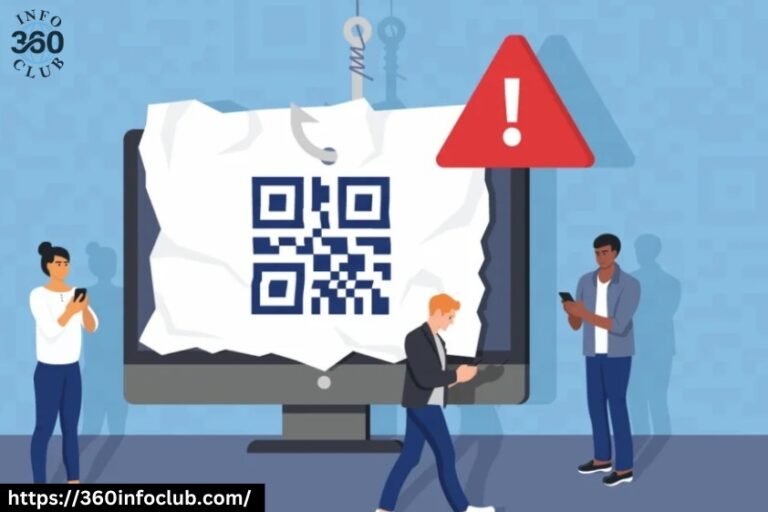5 Ways to Spot Fake Delivery
In the era of doorstep deliveries and online shopping, the excitement of receiving a package can sometimes be tainted by the looming threat of fake delivery scams. From deceptive text messages to misleading emails, scammers are employing increasingly sophisticated methods. This blog aims to equip you with five essential techniques to spot fake deliveries shield yourself from falling victim to these cunning ploys and know How to spot fake delivery.
Verify The Sender
When it comes to spotting fake deliveries, the first step is to scrutinize the sender’s information. Authentic delivery notifications generally originate from recognized courier services or reputable online retailers. If you receive a fake delivery notice text message via text message or email, pay close attention to the sender’s details. Cross-verify any unfamiliar names, email addresses, or phone numbers with the official website or customer service of the supposed sender.
Check Tracking Number
Scammers often use the guise of a fake tracking number to lend credibility to their messages. Legitimate tracking numbers are associated with the delivery service used and can be validated on the official website of the courier company. Refrain from clicking on links provided in the notification instead, visit the delivery service’s website independently and manually enter the tracking number to confirm the authenticity of the shipment.


Avoid Suspicious Online Links
Fake delivery notices frequently contain malicious links that lead recipients to phishing message or emails, websites or pages infected with malware. Resist the temptation to click on any links within the message. Open a new browser tab and navigate directly to the official website of the alleged delivery service to validate the status of your package. By sidestepping suspicious links, you minimize the risk of falling victim to cyber threats.
Dialling *401*
Some fake delivery scams involve instructing recipients to dial specific numbers, such as 401. Exercise caution if a message prompts you to make such a call and request for personal information. Instead of Dialling *401* the provided number, cross-verify the information with the official contact details of the delivery service. Legitimate communication channels can provide clarity and safeguard you from potential scams.


Avoid Sharing Personal Information
Genuine delivery notifications seldom request sensitive personal information. Be wary of messages or emails that ask for details like your Social Security number, credit card transaction information, or passwords. Legitimate delivery services do not require such information and would not request it through unsolicited messages. Protect yourself by refraining from sharing personal details in response to unexpected communications.
As online shopping continues to thrive, so does the ingenuity of scammers looking to exploit unsuspecting consumers. By integrating these five delivery verification techniques into your routine, you can fortify yourself against the menace of fake deliveries. Always verify the sender, check tracking numbers on official websites, steer clear of suspicious links, independently confirm the delivery service, and never share personal information in response to unsolicited messages. Stay vigilant, stay informed, and safeguard your online shopping experience from the perils of fake deliveries.






